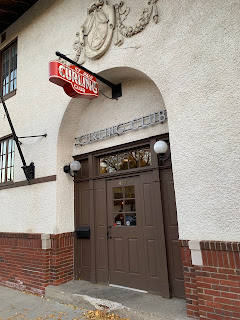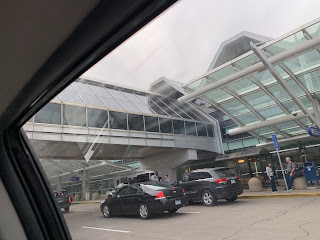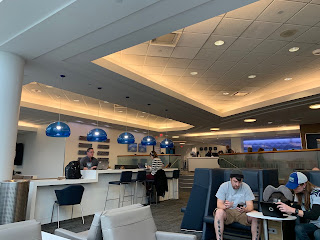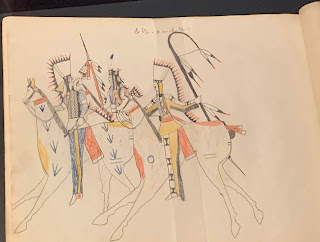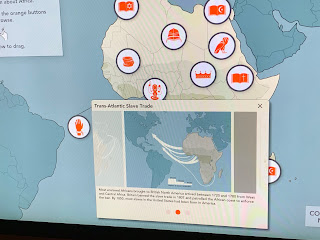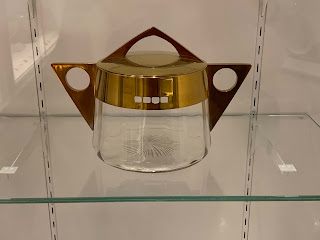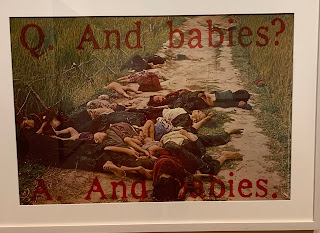On Sunday, we visited the
Minneapolis Institute of Art--wow, what a place! It's huge, as in the size of a New York City or Chicago museum, a museum you can wander through for days. We had only about three hours, so definitely didn't see it all.
Here's a view of the exterior, "borrowed" from a postcard:
 |
| From a postcard: View from 24th St. and Stevens Ave., 2006; Michael Graves, designer; Philip Prowse photo; McKim, Mead, and White, architects |
Here's a scale model of the "original scheme" of the building:
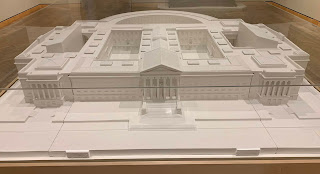 |
| McKim, Mead, and White; American (New York, New York), 1879-1961; Model of original scheme for the Minneapolis Society of Fine Arts, c. 1912; Wood, plaster, and paint |
The featured temporary exhibit is called
"Artists Respond: American Art and the Vietnam War, 1965-1975." And
here is an article discussing the news printer that is clacking along outside the exhibit.
It was interesting to revisit an event that was so all-encompassing in our childhood. Anyone else remember living rooms like this one?
And we both remember art like this--and of course, it echoes our current situation in the border detention camps:
This piece, titled "1A," is in response to the racist Selective Service. The "...title testifies to the personal impact of the draft, especially in African American communities, which were disproportionately affected by it for much of the conflict":
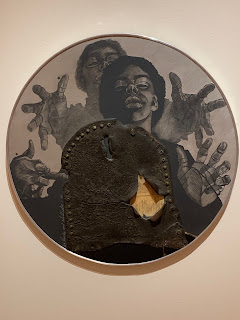 |
| 1A, Timothy Washington, 1972 |
San Diego was represented in the exhibit. "Headquarters of the 11th Naval District, May 4, 1972, San Diego":
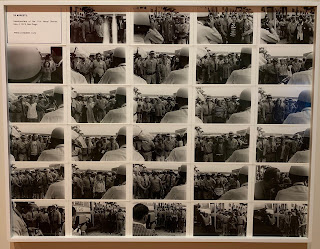 |
| 29 Arrests, Fred Lonidier, 1972 |
There is a large Hmong community in the Twin Cities. The curation for these pieces reads in part, "In 1961, four years before the U.S. sent troops to Vietnam, the CIA funded a 'secret war' in Laos against Communist forces. The Hmong served as the CIA's surrogate army, essentially fighting a covert American war. The conflict had devastating effects on the Hmong, with tens of thousands killed during the war or dying while attempting to flee postwar. Despite their service to the U.S. government, the soldiers who fought in what is now called the Secret War are not recognized as U.S veterans, and they receive no associated benefits...That denial 'drives these men to buy their own uniform, medals, and ribbons to insert themselves into the U.S. military and its history. The uniforms they wear serve as a reminder of their service and their desire to be recognized by the United States military'":
 |
| Hmong Veterans, Pao Houa Her, 2012 - 2014 |


